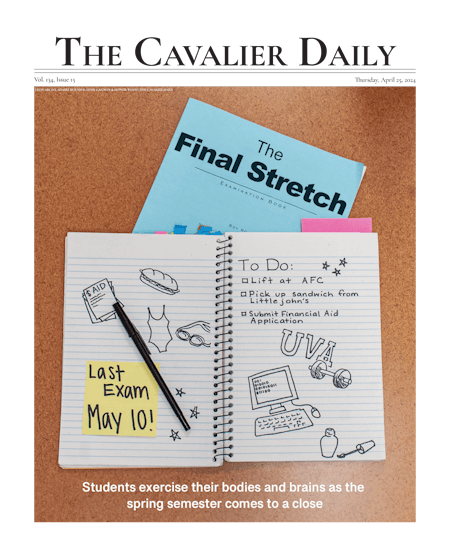The Common Core, a set of standards for teaching methods and assessment of knowledge in primary education, was adopted by 45 states and the District of Columbia when it was created in 2010. Since then, several states have questioned the merit and effectiveness of the program. Despite previous support for it, several states have now withdrawn from or attempted to withdraw from Common Core in response to objections from parents and educators.
Though the federal government did not play a role in developing the standards, it has taken a heavy hand in controlling the way states deal with education, and we ought to now examine this as a national issue. Oklahoma Governor Mary Fallin repealed the Common Core this past Thursday, and the U.S. Education Department responded by revoking Oklahoma’s No Child Left Behind Act Waiver, which means the state must now implement several changes such as providing tutoring services and public school choice options.
The purpose of the Common Core is supposed to be better preparing students to enter college. Proponents of Common Core also cite the United States’ comparatively poor math scores, and argue we have the potential to be performing better. Of course, it is not bad to work towards higher achievement levels, but the fixation on the country’s overall test scores ignores the variations across states and districts, due to the varying levels of resources available to educators in different parts of the country.
Several states have apparently decided that Common Core is not suitable for them, and to face punishment from the federal government for that decision imposes an ineffective burden on those state governments. Their time and resources would be better spent assessing what standards can cater to their students’ needs, rather than scrambling to comply with blanket standards set by the more distant federal government.
Aligning primary school teaching methods with higher education expectations is a good approach in improving the education system, but it would be more effective if it were more individualized. Every district caters to students with different and varying needs, and it would be foolish also to say that all colleges and universities use the same teaching processes. That is why guidance counselors encourage students to shop around for an institution that best suits their vision of continuing their education.
Universal standards that aim to marry primary school standards with college skills also incorrectly assume that all students are college bound. Many students are better suited to trades than academics, but college is viewed as a much more glamorous opportunity, so there are not many resources for students who want to pursue vocational education. The intense focus on Common Core pushes that issue even further down the priority list, making it less likely public school districts will ever improve the resources they offer to students who want to continue their education outside of academia.
Education reform is better executed from the bottom up, not the top down. While state and federal governments provide funding for education, it is up to each individual district to identify the weaknesses within it and use public funding to address those challenges. In taking this approach, the students will be put first, and their prospects of secondary education will likely improve.




